In CNC machining, aluminium is one of the most used materials alongside steel. One of the critical reasons for this is its excellent machinability; however, aluminium’s many properties play a role in its preference.
Aluminium (Al) is a silvery metal, containing ductile and high oxidation resistance. Its resistance to ductility and oxidation transforms it into one of the most used materials in distinct industries. Aluminium is indispensable in the automotive and aviation industry due to its alloying with different metals to obtain durability and ductile and lighter products.
Even though every alloy’s properties come into prominence, let’s take a closer look at aluminium’s heavy usage in CNC machining.
Machinability
Thanks to its softness and easy machinability, aluminium is a material that can be quickly processed in CNC machines. Its density is approximately one-third that of steel and copper. This way, both the processed part and tool bits are less deformed. It primarily provides an advantage in terms of time in producing prototype moulding.
Cost
Aluminium is an element abundantly found in eschar. Its abundance in nature ensures its cheapness. In addition, it has an easy recycling process, and 95% energy saving in comparison to its first manufacturing is also a factor that enables accessibility. That is why aluminium debris processed in CNC machining can be assembled and recycled before being used again.
High Strength
As we mentioned before, aluminium is a much lighter metal than steel or copper, with a density of 2.7 gr/cm3. The tensile strength of 49MPa in its pure forms can measure up to 700 MPa with different alloys. Although its lightness, its high strength transforms it into a widely used material, especially in aviation and automotive.
One of the critical reasons that aluminium is extensively preferred in CNC machining is its high corrosion resistance. The oxide layer on top of it enables it to be used frequently in the shipping industry (in different sea and atmospheric conditions).
Suitability For Anodizing
The anodizing process that increases metals’ erosion and corrosion resistance is realized by cleaning the product after manufacturing and exposing it to an artificial oxidation process. Because aluminium is a very suitable metal for the anodizing process, its already high corrosion resistance can be amplified.
The 7 Most Used Aluminium Alloys in CNC Machining
Alongside aluminium’s general properties, some alloys contain different properties and depending on those properties, their utilization changes. Let’s look at the seven most used aluminium alloys in CNC machining.
Al-2007 Series
The main alloying element in this series is copper with a 4-5% rate. It is a durable, light and highly functional short chip alloy. It is also suitable for indention, heat treatment and high-speed processing. Thus the Al-2007 series machine parts can be used to produce bolts, rivet nuts, screws and threaded rods. However, this alloy contains a low weldability and corrosion resistance rate. That is why protective anodizing is recommended after the processing.
Al-5083 Series
This series, which is not heat-treated, is renowned for its resistance to harsh conditions. Containing a ratio of 4-5% of magnesium with a small amount of chromium and manganese, the alloy is mainly used in maritime and chemical applications thanks to its high corrosion and abrasion resistance. It is not recommended for use in high-temperature applications.
Al-5754 Series
This alloy has a magnesium ratio of 2.5-3.5%, making it the alloy with the highest aluminium ratio. The Al-5654 series is a rollable, wrought and extrudable alloy. Cold working can be done to increase the endurance of this non-heat treated series. Like the 5083 series, it has high durability and corrosion resistance rate. Given these properties, it can be understood why the 5457 is one of the most popular aluminium alloys used in CNC machining. It is usually used in welded constructions, flooring applications, fishing equipment, vehicle bodies, food processing and rivets.
Al-6060 Series
The 6060 series is generally used in the construction/architecture, food processing, medical equipment and automotive industries. It is a wrought aluminium alloy containing magnesium and silicon. This heat-treatable alloy has a medium durability rate. It can be welded and formed quite nicely. It is also highly resistant to corrosion, and it can be amplified by way of anodizing.
Al-6061 Series
It is an alloy that contains magnesium, silicon and traces of copper. Its tensile strength of 180 MPa is very suitable for highly loaded structures such as wharfage, railway wagon parts, machinery, and aviation parts.
Al-6082 Series
Processed with rolling and extrusion, it’s an alloy with an average durability ratio, high weldability and high corrosion resistance. It is commonly used in container parts, shipbuilding and bridges.
Al-7075 Series
This series that contains zinc as its main alloying element has average machinability and low weldability but is frequently used in military and aviation industries, climbing equipment and nuclear applications with its high strength and excellent resistance in atmospheric and marine environments.
Conclusion
Besides these, many aluminium alloys formed with different metals in different proportions are used in CNC machining. It’s a malleable and low-cost metal preferred in prototyping phases and mass production.
 Europe
Europe  Türkiye
Türkiye  United Kingdom
United Kingdom  Global
Global 

 Login with my Xometry account
Login with my Xometry account  0
0

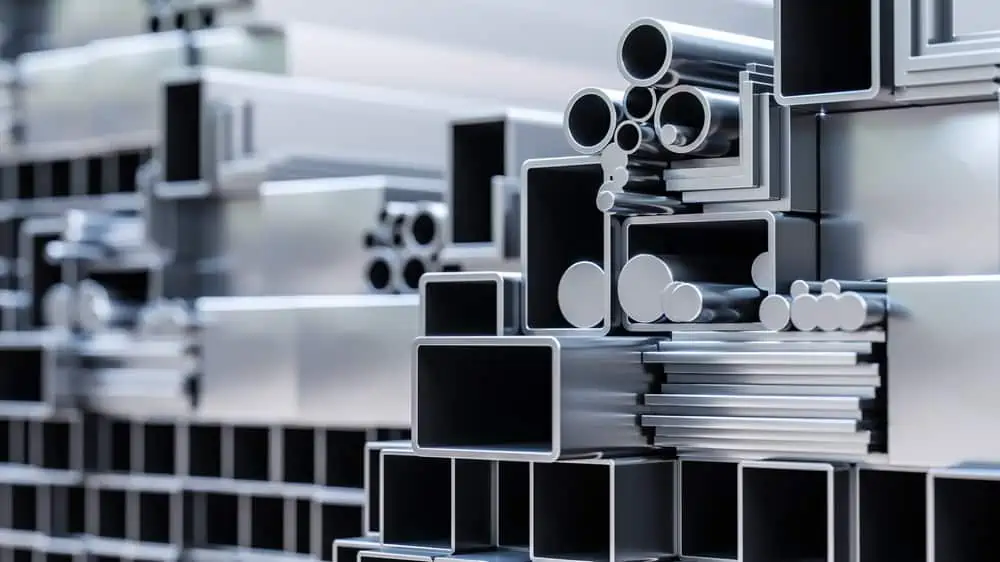
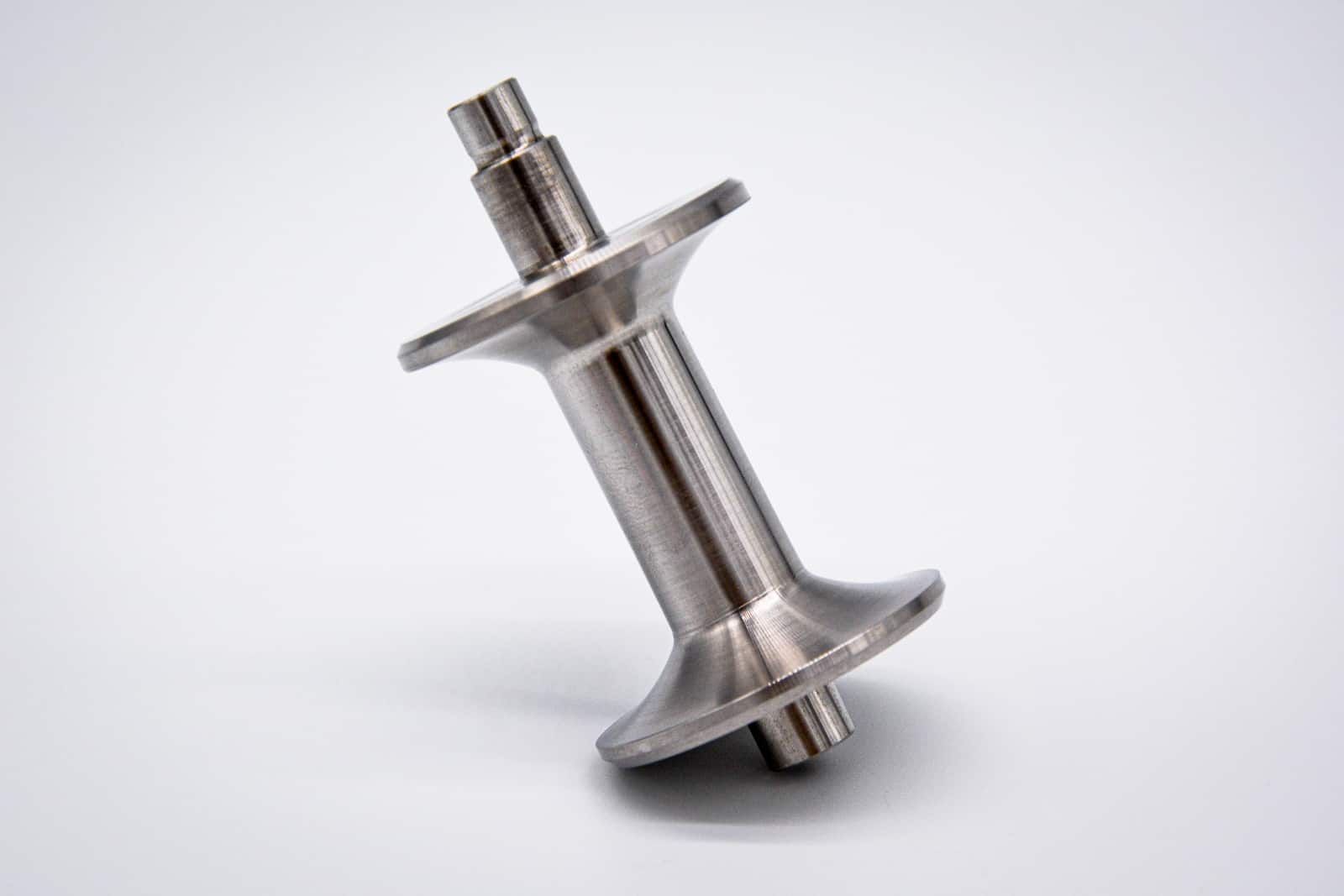

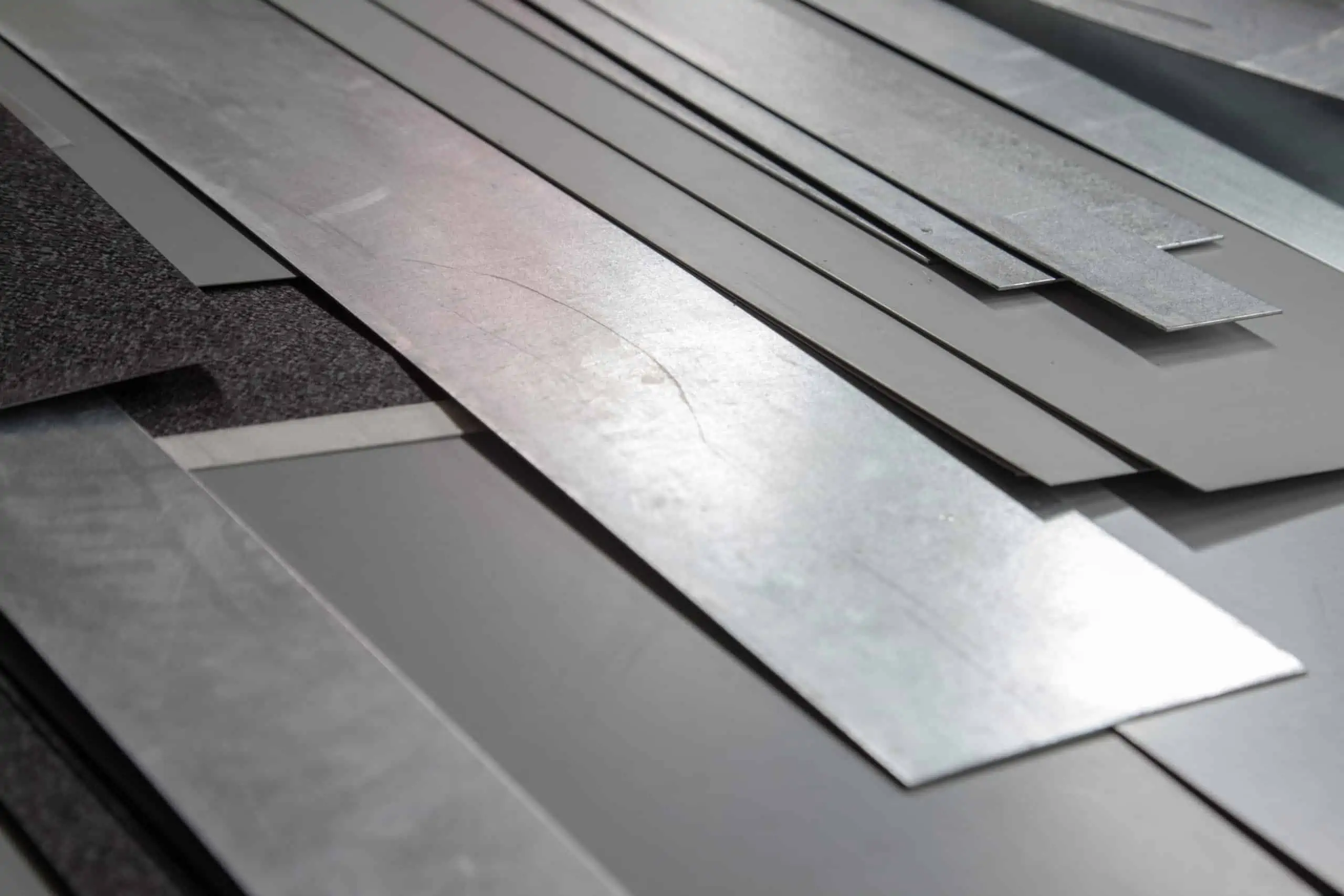
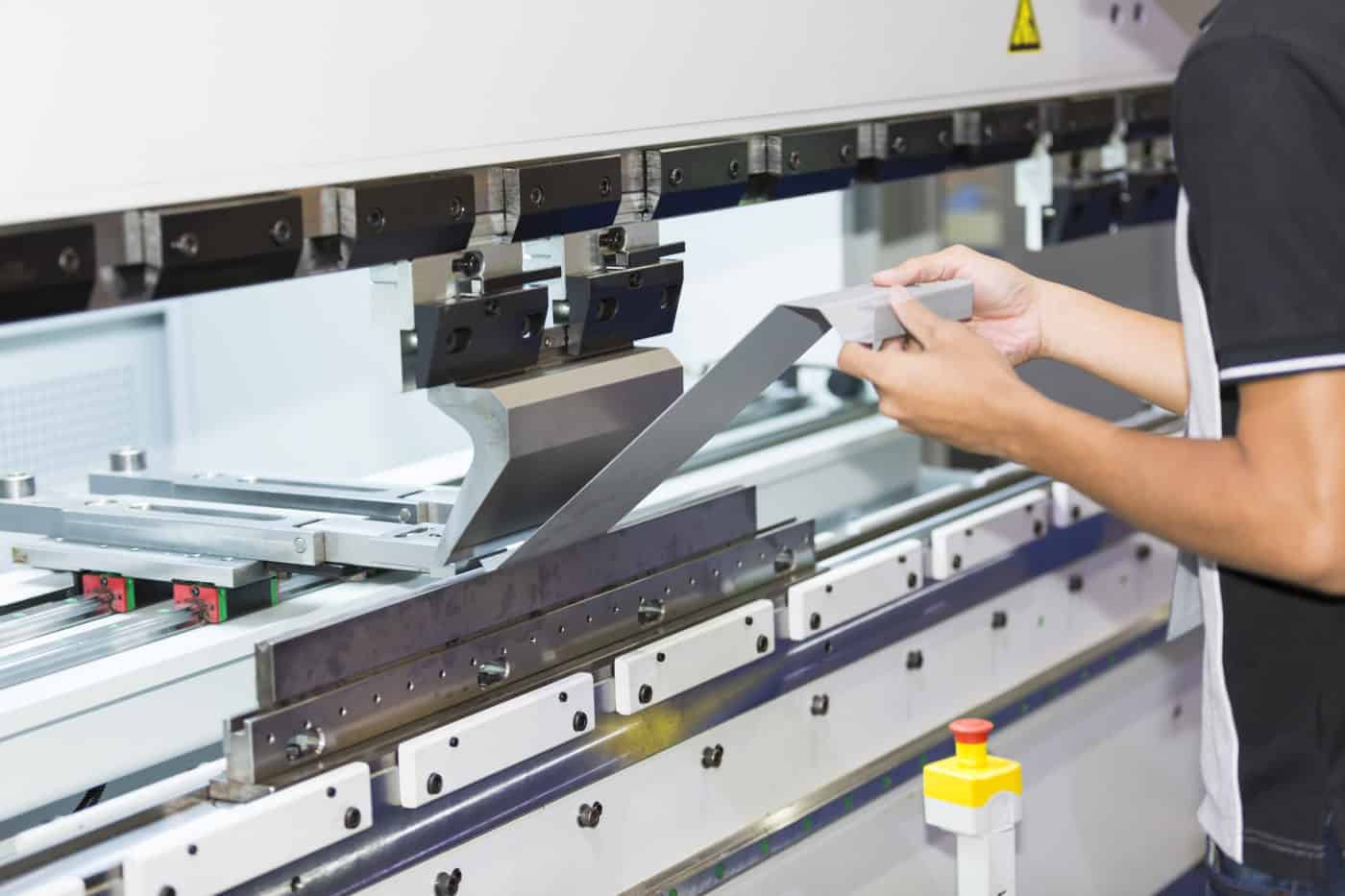
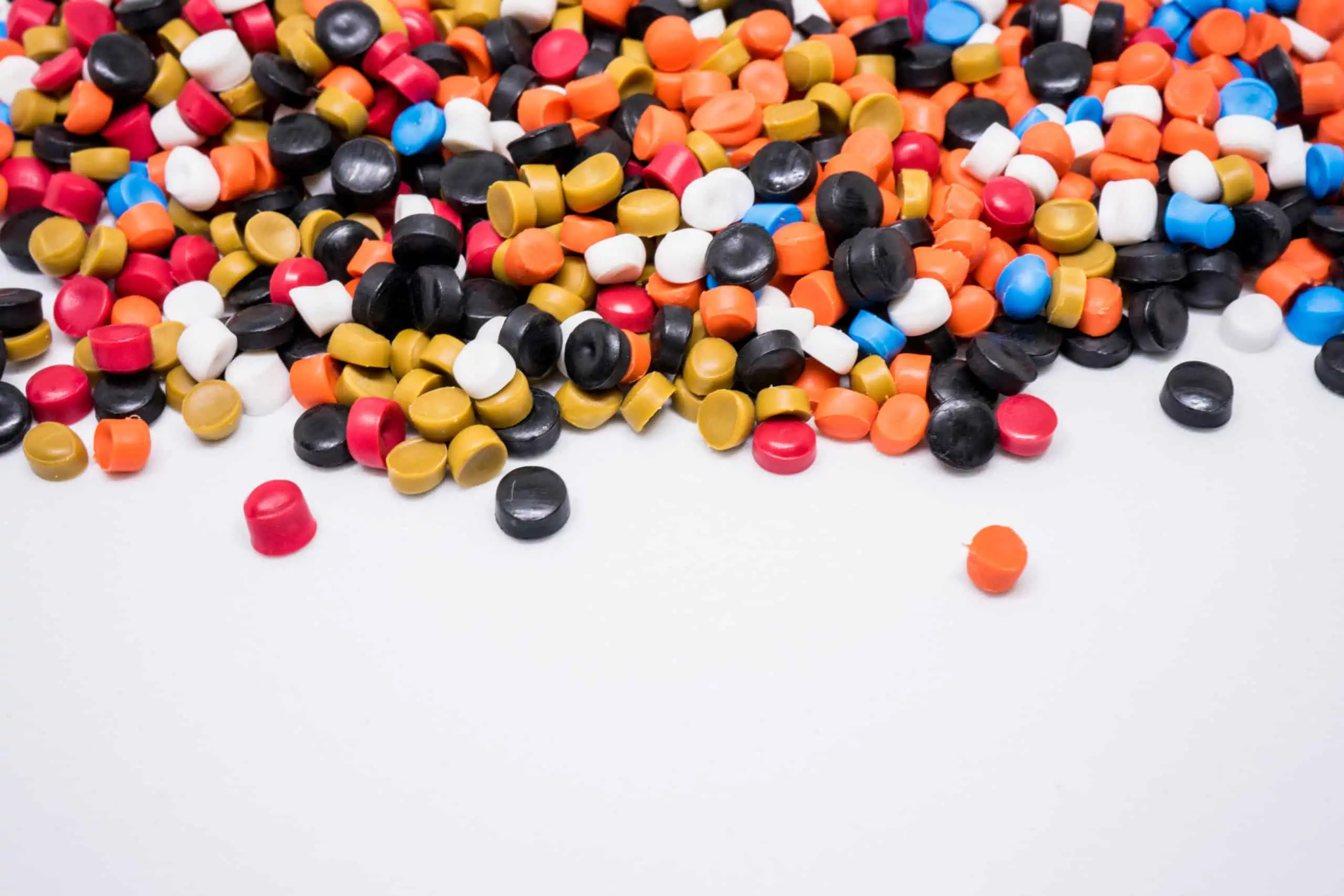


Comment(0)